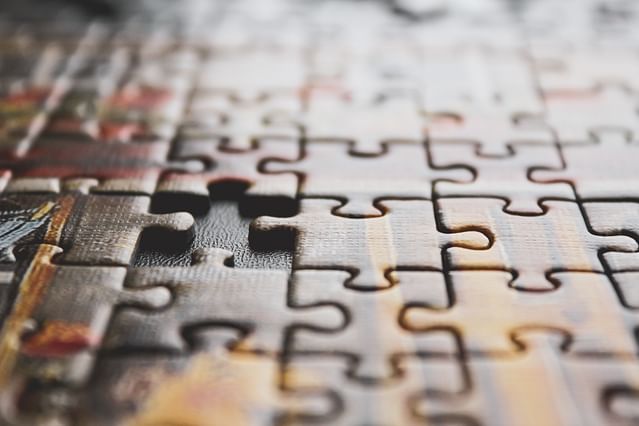
Customizing Your Smart Home: How to Create Automated Scenes and Triggers for Smart Devices
Creating automated scenes and triggers for your smart devices is a great way to customize your smart home automation setup. With these scenes and triggers, you can automate multiple actions with a single command or trigger. This can save you time and make your life more efficient while also adding a level of convenience to your home.
What are automated scenes and triggers?
An automated scene is a set of actions that can be triggered by a single command or action. For example, you could set up a "Good Morning" scene that turns on the lights, opens the blinds, starts the coffee maker, and plays your favorite music, all with a single command. Triggers are events that cause automation to occur. These can include things like motion detection, time of day, or even the weather.
Setting up scenes and triggers
To set up scenes and triggers for your smart home devices, you'll need a smart home hub or automation platform that allows for scene and trigger creation. Some popular examples include SmartThings, Wink, and Home Assistant. Once you have your hub or platform set up, you'll be able to start creating your automated scenes and triggers.
Creating scenes
To create a scene, you'll need to define the actions that you want to occur when that scene is triggered. For example, you may want to start by creating a "Good Morning" scene that turns on your bedroom light, opens your blinds, and starts your coffee maker. To do this, you'll need to create a new scene within your hub or platform and give it a name.
Once you've named your scene, you'll need to choose the devices that you want to include in the scene. These can include any smart home devices that are compatible with your hub or platform, such as lights, shades, coffee makers, or music players. Once you've chosen your devices, you'll need to select the actions that you want to occur when the scene is triggered. For example, you may want your bedroom light to turn on to a specific color and brightness, your blinds to open to a specific level, and your coffee maker to start brewing. You can customize each action to your preferences.
Creating triggers
Creating triggers works similarly to creating scenes. You'll need to choose the device or devices that you want to use for your trigger and choose the event that will trigger your automation. For example, you may want to create a trigger that turns on your living room lamp when motion is detected in the room. You could also create a trigger that adjusts your thermostat when the temperature drops below a certain level.
Benefits of scenes and triggers
There are many benefits to setting up automated scenes and triggers in your smart home. Here are a few of the most significant:
Convenience
Automated scenes and triggers make it easy to control multiple devices with a single command. This can save you time and effort, especially if you have several devices that you use frequently.
Energy savings
Automated triggers can help you save energy by turning off lights or adjusting the temperature when you're not in the room.
Improved security
Automated triggers can also be used to improve your home's security. For example, you may want to create a trigger that turns on your outdoor lights when motion is detected outside your home.
Customization
By setting up scenes and triggers, you can customize your home automation setup to meet your specific needs and preferences. You can create scenes and triggers that cater to your daily routine or adjust to changes in your schedule.
Conclusion
Automated scenes and triggers are a great way to customize your smart home automation setup. By setting up these scenes and triggers, you can automate multiple actions with a single command or trigger, saving you time and effort. Whether you want to create a "Good Morning" scene or a trigger that adjusts your thermostat, automated scenes and triggers can help you make the most of your smart home devices.
Posted on: Feb 12, 2023 Last updated at: Apr 10, 2023